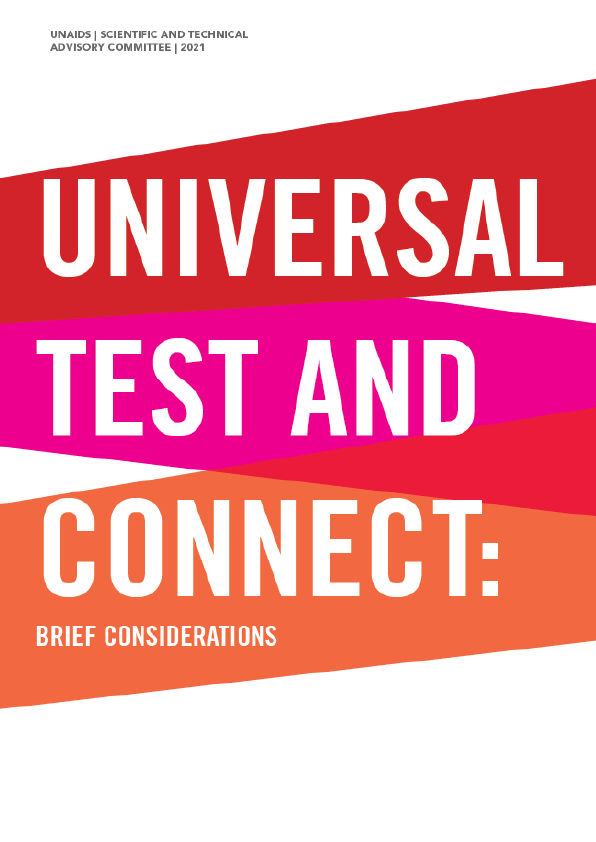Good writing skills are important in today’s competitive work environment. This is especially the case for communication-related professions such as public relations, brand communication, journalism, and marketing.
What is Strategic Communication?
Scholars and communication professionals have adopted strategic communication as an umbrella term meant to include a variety of communication-related professions, such as public relations, brand communication, advertising, and more. Although the term is not new, scholars have only recently examined it as a cohesive paradigm. Hallahan et al. (2007) defines strategic communication as “the purposeful use of communication by an organization to fulfill its mission” (p. 3). It is multidisciplinary in that it draws from a variety of methods and subject areas.
Five Tenets of Strategic Communication
Although the tactics of strategic communication methods may vary, the purpose and the general characteristics of strategic communication are similar across related industries (Hallahan et al., 2007). In 2008, the U.S. Department of Defense’s Strategic Communication Education Summit considered these similarities and created a list of principles (Hastings, 2008). The following tenets of strategic communication are informed by these principles as well as arguments from Paul (2011).
Intentional message design
Strategic communication involves a great deal of thought, planning, and analysis. It does not mean simply designing a clever advertisement or sending a tweet without thinking about its implications. To create an intentional message, you must begin with a realistic communication goal for what you’re trying to achieve. This reinforces Paul’s (2011) argument about what constitutes strategic communication. Do you want to cultivate positive associations with the organization’s brand? Raise awareness of a new product? Connect with key stakeholders in a meaningful manner? Whatever your goal, you must begin with a well-defined purpose and continue to keep it at the forefront throughout the process of creation and implementation.
Additionally, you must be sure that the communication goal goes hand-in-hand with the organization’s goal. Let’s say that an organization wants to create and maintain a socially responsible image. You might achieve that by developing a philanthropic communication strategy, such as teaming up with a local nonprofit organization for a benefit concert or publicizing a promotion to help a popular charity.
The correct platform(s)
There’s a saying in public relations, marketing, and even journalism: go where your audience is. A large part of this involves choosing the right platform to communicate to your key publics or audiences. This can be challenging. Gone are the days when only a few major news stations, magazines, and radio stations controlled the message content for the masses. Today’s audiences have plenty of choices when it comes to media, making it even more difficult for your message to be seen or heard.
If you can determine the audience’s general media consumption preferences, you can more effectively place your message. Let’s say you are trying to increase the brand visibility of a new vegan restaurant among men who strongly support healthy living. In this case, if the targeted audience frequently reads a local, health-centered magazine, you might place a feature article in the magazine to raise awareness of the new restaurant.











